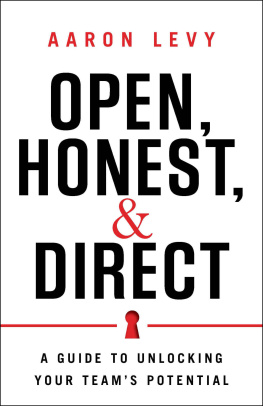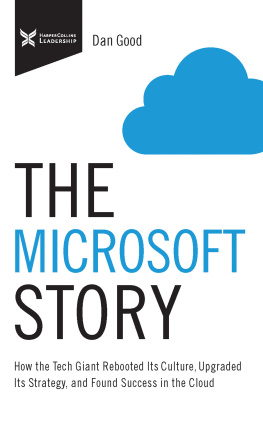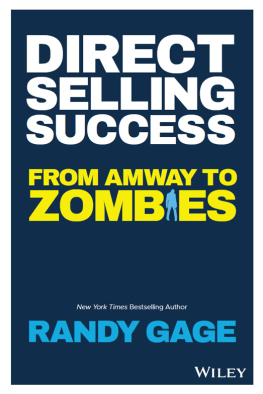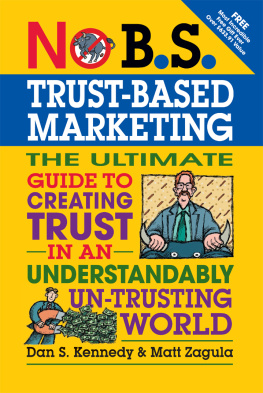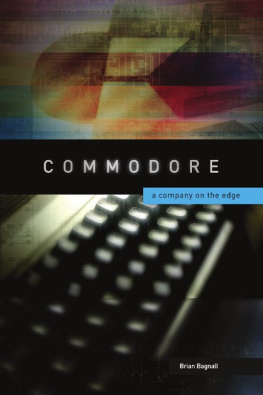This book is dedicated with love to my family:
Susan, Kira, Alexa, Zachary, and Juliette
1980
In a harbinger of what would come, Michael Dell purchases his first computeran Apple IIand promptly takes it apart to understand how it was designed and made.
1983
Declaring he ultimately wanted to beat IBM, the young Dell conducts a lucrative business out of his dormitory room at the University of Texas, selling upgraded PCs and add-on components.
1984
With $1,000 in startup capital, Michael registers his business as Dell Computer Corporation, doing business as PCs Limited, and leaves school in May of that year. The company becomes the first in the industry to sell custom-built computers directly to end-users, bypassing the dominant system of using computer resellers to sell mass-produced computers.
1986
Dell unveils the industrys fastest-performing computer, a 12 MHz, 286-based system, at the Spring Comdex national computer tradeshow. The system quickly garners rave reviews from the technology press.
The company also pioneers the industrys first thirty-day money back guarantee, which becomes the cornerstone of Dells commitment to expand its service offerings and offer superior customer satisfaction, and offers the industrys first onsite service program.
1987
In a bold move for the fledgling operation, Dell establishes its first international subsidiary in the United Kingdom. Eleven more international operations would open over the course of the next four years.
1988
Dell raises $30 million in its initial public offering, bringing the market capitalization of the company, begun with $1,000 in capital, to $85 million.
1989
The fast-growing company experiences its first major stumbles: It accumulates excess inventory of memory components, which results in write-downs, and cancels an overambitious product development program code-named Olympic.
1990
Dell becomes the first computer company to jump into the burgeoning market for computers sold through consumer retail stores such as CompUSA and Best Buy. The company later becomes the first company to exit this segment as well, after determining the retail-store model did not meet its financial objectives.
1991
Converting its entire product line to the highest-performing Intel 486 microprocessors, Dell demonstrates its commitment to rapidly delivering the latest technology to its customers.
1992
Dell achieves slightly more than $2 billion in sales for the fiscal year ended January 1993, which represents a remarkable 127 percent increase.
1993
Suffering from the pains of extremely rapid growth, Dell cancels a secondary offering and posts its only quarterly loss resulting from a temporary withdrawal from the notebook market, its exit from retail stores, and a restructuring of European operations.
Liquidity, profitability, and growth become a company mantra, signifying its shift from a focus on growth alone to more balanced priorities. Upside magazine gives Michael Dell the dubious distinction of Turnaround CEO of the Year.
1994
Following a hiatus from major participation in the market for notebook computers, Dell launches its new Latitude notebook line with record-breaking battery life.
Following the earlier launch of Dell Japan, Dell opens its first operations in the Asia-Pacific region, which has become the fastest-growing international startup in the companys history.
1996
Dell challenges the traditional market for premium-priced servers based on proprietary technology with its introduction of its PowerEdge server line. In less than two years, PowerEdge vaults Dell from the tenth position in market share to the third largest server vendor in the world.
The companys quiet bid to sell custom-built computers over the Internet quickly becomes a public revolution when the company announces that sales over www.dell.com have exceeded $1 million per day. During the same year, Dell introduces its first custom-made web links for customers. Called Premier Pages, the links allow customers to tap directly into the companys own service and support databases.
1998
Dell solidifies its Internet leadership when it tops $12 million per day over the Internet, expands its Premier Page program to more than nine thousand customers and establishes webbased connections with its suppliers to speed the flow of inventory and quality information.
Dell opens an integrated sales, manufacturing, and support center in China.
1999
Dell becomes the number one PC company in the United States, the largest worldwide market for personal computers. To accomodate its growth, Dell opens new manufacturing facilities in Nashville, Tennessee and Eldorado do Sul, Brazil.
Sales over www.dell.com top $35 million per day.
W hen Direct from Dell was first published, the business world was very different from the one we live and operate in today.
At the time we were finishing this book, a wave of dramatic changes began to reshape every industry, driven by two huge forces: the near-universal adoption of the Internet and the expansion of the global marketplace. China was opening up in a very big way. Tariff barriers were coming down in a number of countries. Enormous investments in telecommunications networks enabled broader Internet access and drastically lowered the cost of data and voice transmission in previously unreachable markets with tremendous intellectual capital: India, China, and the former Soviet republics.
Dell has changed dramatically, too. Today, Dell is the worlds leading supplier of computer systems. Our network of customers, partners, and team members stretches around the globe in more than 180 countries. With few exceptions, wherever you find electricity, you will find Dell.
When we first wrote this book, there was a lot of talk about how your telephone or television would replace your computer. We thought that was nonsense then, and were still winning that bet. The computer continues to be the most versatile device to store, leverage, manipulate, and forward information. How could you possibly live in todays modern world without the tools provided by your computer?
And Dell no longer is solely a computer company. Instead, were a much broader provider of diversified IT products and services. Our primary purpose, however, remains the same: to deliver a great customer experience to anyone who chooses to do business with Dell.
We continue to rely on our core business model, which allows us to achieve superior management of information and working capital by bypassing middlemen and selling directly to customers. We continue to set high expectations and demand consistent execution. And we continue to challenge conventional wisdom and learn from our mistakes as we look for ways to constantly improve our service. Perhaps our biggest improvement stems from what weve learned about ourselves over the past few years.
Dell just celebrated its twenty-first anniversary and, to our delight and satisfaction, we were named by Fortune magazine as the most admired company in America and the third-most admired in the world. If you look at companies as large as ourscompanies like Johnson & Johnson or GEmost of them are at least fifty years old, if not older. And in most cases, the founders are deadsomething I take personally, having only recently turned forty. Our ultimate objective is to be a great company in all ways. To accomplish that requires determination with a clear sense of purpose, persistent enthusiasm about what were trying to achieve, and an understanding of our broader accountability as a global citizen. It also requires a culture that is not just special, but self-sustaining.
Next page


